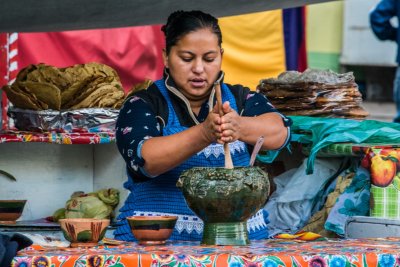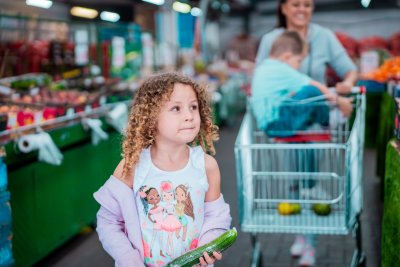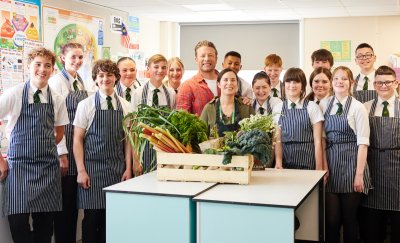 From Emma Bauso from Pexels.
From Emma Bauso from Pexels.
New data shows the extent of UK food insecurity before the pandemic hit
Newly published data shows the extent of food insecurity in the UK even before the pandemic caused further increases. The data also shows how some types of households are more likely to experience food insecurity than others.
The first round of data from goverment research on household food insecurity in the UK has been published. This data was collected from households across the UK during the financial year 2019 to 2020. So this does not take account of the heighted food insecurity triggered by the pandemic.
Whilst 87% of households reported being food secure, 4% of people stated that they had low household food security and a further 4% stated that they had very low household food security.
This data also helps show that some households have been more impacted than others by household food insecurity:
- Households in the North East and North West of England were least likely to be food secure.
- Households where the head was Black were most likely to be food insecure; 11% had low food security and for 8% it was very low.
-
Single-adult households with children were more likely to be food insecure than households with two or more adults and children.
-
Household food security was lower in younger households.
- Households with gross incomes of less than £200 per week (7% of households) were the least likely to be food secure, 74% had high food security and 7% had marginal food security.
-
For all households with children food insecurity rates increased with the number of children in the household. 22% of families with three or more children had low food security and for 19% it was very low.
Imogen Richmond-Bishop, right to food project coordinator:
"To address a problem effectively, it's really important to understand it. This new data from the Family Resource Survey helps shine a light on who is most impacted by food insecurity across the UK, and how the impact of this is disproportionately felt by Black households, lone parent households, as well as those on low incomes.
The data provides further evidence that food insecurity already affected many households before the pandemic and that for many of them the situation will have worsened.
Now that we have this data we need the UK Government to take measures to address the inequalities faced by some communities and to reduce food insecurity for all people across the UK. I strongly believe that a key part of this will be by having firm protections of the right to food to guide the action on a national and local level."
Read more about the campaign to measure household food insecurity and why household food insecurity measurement is so important.
Right to Food: Everyone has the right to enjoy safe, nutritious and sustainable food. This project advocates the realisation of the Right to Food in UK law.
Sustain
The Green House
244-254 Cambridge Heath Road
London E2 9DA
020 3559 6777
sustain@sustainweb.org
Sustain advocates food and agriculture policies and practices that enhance the health and welfare of people and animals, improve the working and living environment, promote equity and enrich society and culture.
© Sustain 2024
Registered charity (no. 1018643)
Data privacy & cookies







